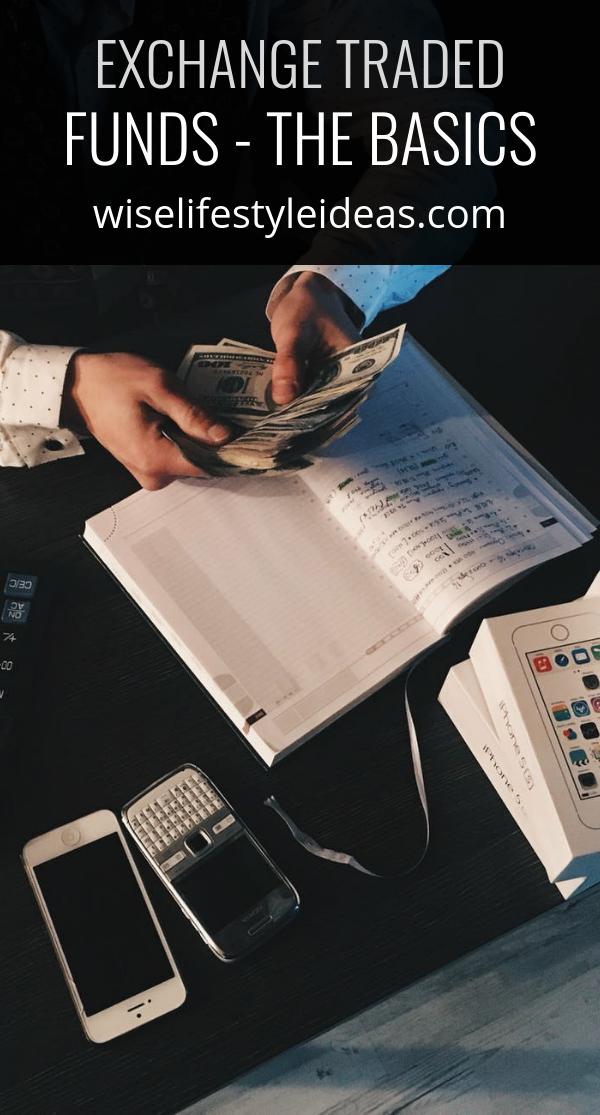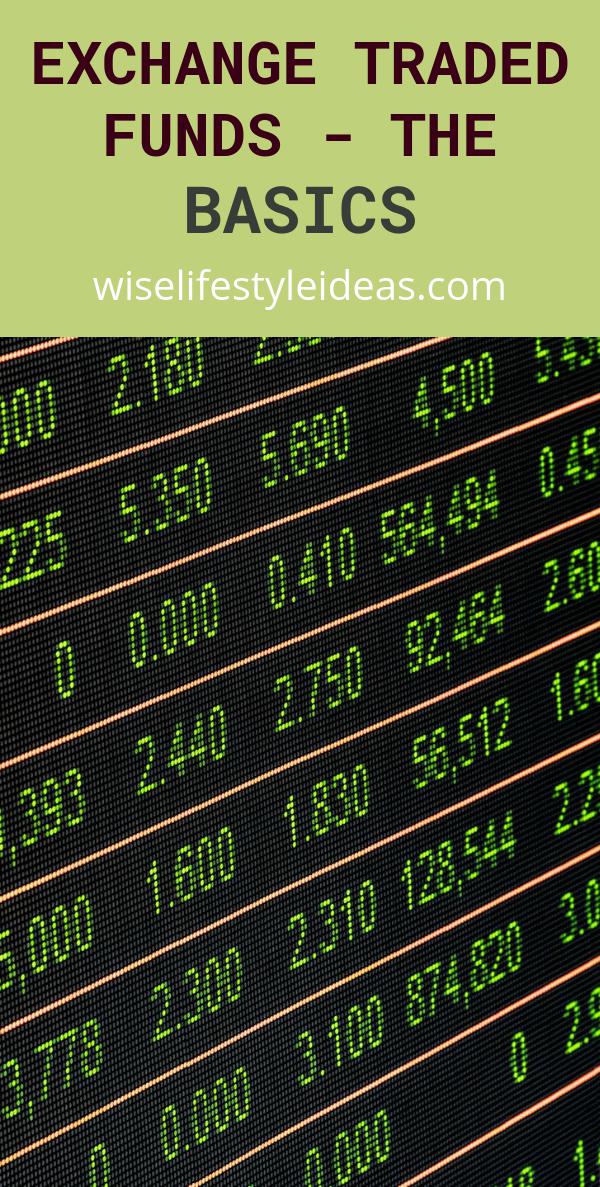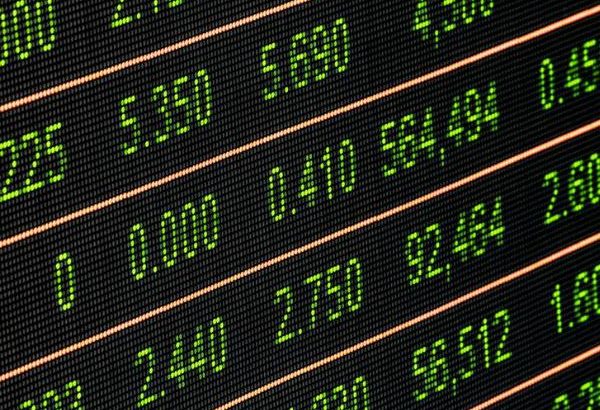They call ’em ETFs.
There are hundreds of them.

The mutual funds don’t want you to find out about them.
Why?
Because they beat the socks off mutual funds in so many categories. The expense ratios of most mutual funds run about 1.5% and many are much higher. To buy a mutual fund you must wait until the end of the day to find out what price you paid. Many mutual funds have instituted redemption charges should you decide to sell out early. Early is whatever definition they want to apply and could be a year out, maybe more. The fee at this time is about 2% for many funds.
Fund managers tell you it is to discourage overnight trading that adds to their expenses and therefore penalizes shareholders, but that is not true.
The two most popular ETFs are SPY and QQQ. SPY is composed of the stocks in the SP500 Index with 500 stocks and it is priced every few minutes. It can be bought and sold any time during the day. The mutual funds who tell you it is too expensive to price their funds more than once a day are either lying or stupid. ETFs, prove that. And that same logic goes for short term trading.
The investor buys and sells ETFs the same as any stock. The big brokerage companies charge high commissions whereas investors who place buy and sell orders with discount brokers will find commissions around $7.00 to $15.00 to buy or sell. That charge is for one ticket and not per 100 shares. The commission is the same for 100 shares or 1,000 or more shares. Big Wall Street firms charge many times for the same execution.
You can do research on ETFs just as you do on mutual funds. If you want to determine what stocks an ETF manager holds they will tell you in their prospectus. What you want to know is what Sector the ETF represents. The internal structure does not change often as does the stock ownership in a regular mutual fund.

At this time there is one drawback to buying and selling certain ETFs. Do not place Market Orders when buying and selling most ETFs unless it trades more than 250,000 shares each day. As with stock, there is a Bid and Offer Price. In thinly traded issues where the ETF has a volume of less than 50,000 shares daily, the Spread can be as high as 20 cents and many times more. In these issues, it is suggested Limit Price Orders be entered. If the last trade was $20.50 the Bid could be $20.40 and the Offer $20.60. A market buy order would be filled at $20.60 and a sell order at $20.40. It is best to place a Limit Order at $20.50 and most of the time these will be executed at the Limit Order price. Stop-Loss Orders are also poorly executed in low volume ETFs.
Over the next few years as more and more investors discover these advantages they will be buying ETFs in preference to both load and no-load mutual funds.




